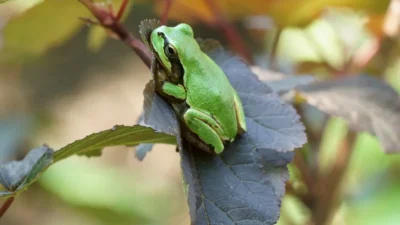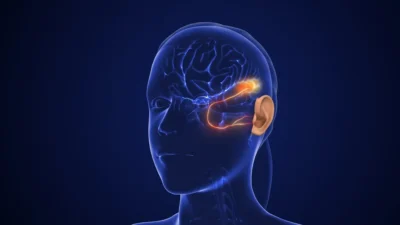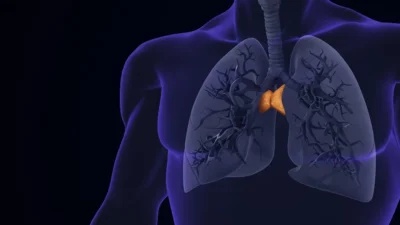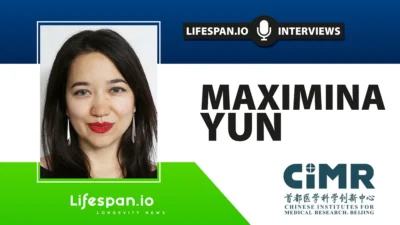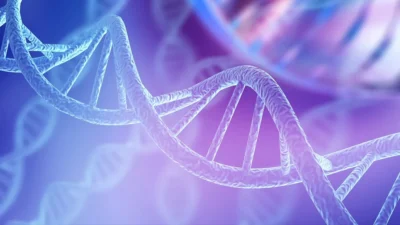For the Journal Club this month, at 12:00 Eastern time on Tuesday, June 27, we are taking a look at the recent paper that explores the reason why the bowhead whale is so long lived. If you want to get up to speed, check out the article we did about this paper- How Superior DNA Repair Gives Bowhead Whales Longevity.
Abstract At over 200 years, the maximum lifespan of the bowhead whale exceeds that of all other mammals. The bowhead is also the second-largest animal on Earth, reaching over 80,000 kg1. In spite of its very large number of cells, the bowhead is not highly cancer-prone, an incongruity termed Peto’s Paradox2. This has been explained by the evolution of additional tumor suppressor genes in larger animals, which is supported by research on elephants demonstrating expansion of the p53 gene3–5. However, we show here that bowhead whale fibroblasts undergo oncogenic transformation after disruption of fewer tumor suppressors than required for human fibroblasts. Instead, analysis of DNA repair revealed that bowhead cells repair double-strand breaks with uniquely high efficiency and accuracy compared to other mammals. Further, we identified two proteins, CIRBP and RPA2, that are present at high levels in bowhead fibroblasts and increase the efficiency and fidelity of DNA repair in human cells. These results suggest that rather than possessing additional tumor suppressor genes as barriers to oncogenesis, the bowhead whale relies on more accurate and efficient DNA repair to preserve genome integrity. This strategy that does not eliminate cells but repairs them, may be critical for the long and cancer-free lifespan of the bowhead whale. Our work demonstrates the value of studying long-lived organisms in identifying novel longevity mechanisms and their potential for translation to humans.
Join us for the show
If you are a Lifespan Hero, you can join the call using the details below: Join Zoom Meeting https://lifespan-io.zoom.us/j/82136410417?pwd=Mnc4a3VDeEVrNWRpNHJQTTlsdVZ3dz09 Meeting ID: 821 3641 0417 Passcode: 972883Literature
Firsanov, D., Zacher, M., Tian, X., Zhao, Y., George, J. C., Sformo, T. L., … & Gorbunova, V. (2023). DNA repair and anti-cancer mechanisms in the longest-living mammal: the bowhead whale. bioRxiv, 2023-05.



